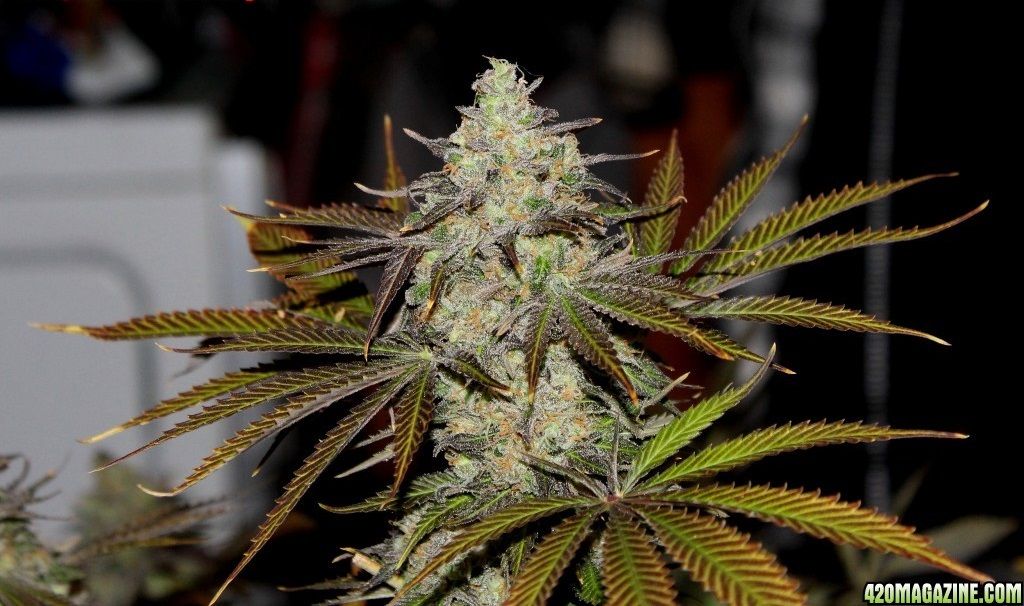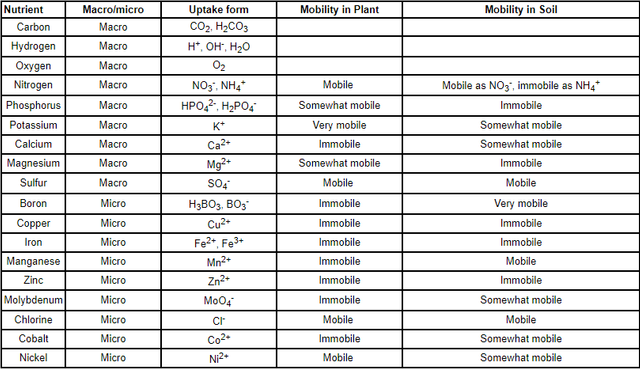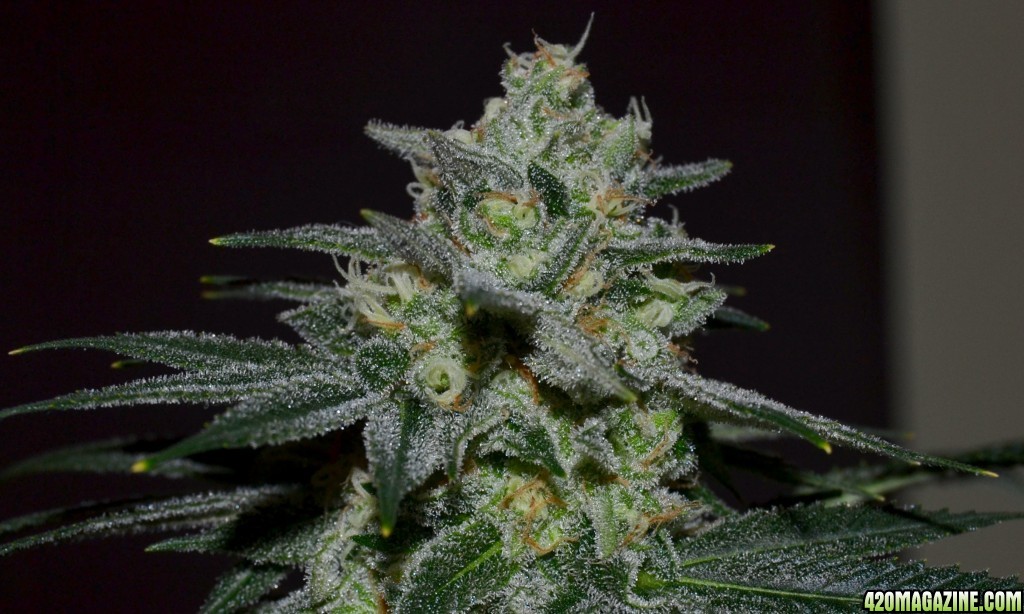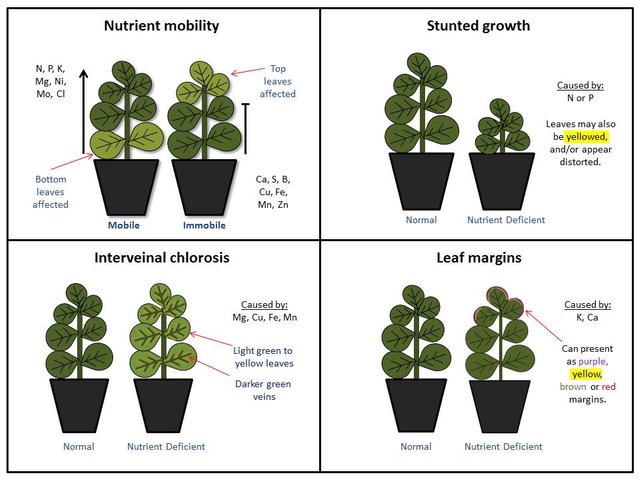Science For Growers: Mobility Of Nutrients And Their Uptake Explained

The mobility of nutrients is a measure of their ability to move in soil and inside the plant. Cations in general are harder for the cannabis to be absorbed through the root, thus we say their mobility in soil is low. But anions are much more mobile, cause they don't stick to negatively charged soil particles, so they're quick to move with the flow.
Generally speaking, we can either point to mobility of a certain nutrient in soil or within the plant tissue. As far as first one is concerned, nutrients make contact with the root system in three different ways. These are called: root interception, mass flow, and ion diffusion.
Root interception is a way of absorbing the nutrients physically by the root by getting into direct contact with them. As a rule of thumb, the larger the surface area of the root system, the more effective the interception. Mycorrhiza is one of the most effective ways in which plant boosts this activity. It's mostly responsible for picking cations such as calcium, magnesium, zinc and manganese.
Another way of uptaking the nutrients by the plant is mass flow, which takes place, when nutrients flow toward the roots carried by a stream of water. Capacity of it is strongly related to the amount of water in soil and the potency of its flow. This is how nitrogen, calcium, magnesium, sulfur, copper, boron, molybdenum and manganese are absorbed.
The last mechanism used by the plant for nutrient uptake is called ion diffusion. This one is much slower, and slightly more complicated as nutrients travel along a concentration gradient. This basically means they change their place when they reach high concentration somewhere in soil moving to another spot, where concentration is still low until they are regularly distributed. This is how plants uptake phosphorus, potassium, zinc, and iron.

However, which nutrients plants UPTAKE FIRST is directly related to their mobility in soil, which depends on a couple of chemical, biological and physical factors. These include CEC, AEC (anion exchange capacity), oxygenation, microbial activity and availability of water.
For example, if we push CEC of our soil high, it'll allow our plants to readily uptake calcium, magnesium, potassium, iron and zinc, but nitrate, potassium and sulphur will escape much easier from the solution. Opposite will be true for soils with low CEC, where plants will always uptake nitrates and potassium first (both very mobile), but will struggle to tap into Ca/Mg reserves.
This leads us to mobility of nutrients within plants' cells, which we should familiarise ourselves with to be able to spot developing deficiencies. It's largely determined by their solubility in phloem sap... a kind of blood of the plant so to speak, that's rich in solids (mainly sugars and amino acids).

If a given nutrient can be dissolved in this „blood” and carried around by the plant, then it's considered a mobile one. Mobile nutrients include nitrogen, phosphorus, potassium, magnesium and molybdenum. Immobile nutrients on the other hand are calcium, sulfur, boron, copper, iron, manganese, and zinc.
Memorising this list is quite important for every cannabis grower as it HELPS A LOT to identify deficiencies in your plants.
For example, mobile nutrients are transported quickly from the older growth (bottom leaves) to the top of the plant, whenever nutrient stress occurs (it's called remobilisation), so if we see something weird happening there, there's a 90% chance that one of three macronutrients is involved (nitrogen, potassium, phosphorus).

But things are very different for the immobile nutrients, which don't have the same „levity”, so they have to be actively scouted by the roots. It means, that if there's a problem with their availability in soil, the new growth (upper leaves) will become deficient first, cause plants cannot transport them from the bottom.
Photo credits: First plant from the top is Wild Berry grown by NCW. Second one from the top is Tangerine Cookies grown by Ilkiemsticky. Both courtesy of 420Magazine
Did you like it?
Follow, upvote, resteem
💚 💚 💚 💚 💚
What do you think of fulvic acid?
If you have compost, you also have fulvic acid :)
Im using a fairly new product on the market called fullbase from alpha nutrient. It really brought my grow to the next level, even though im not top level yet, ;)
I can definitely believe it as fulvic acid is a compound naturally occurring in humus (topsoil). That's what they actually use to extract it. You can get plenty of it and much more just by brewing a compost tea :)